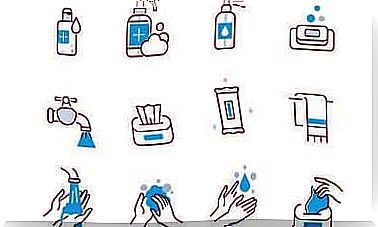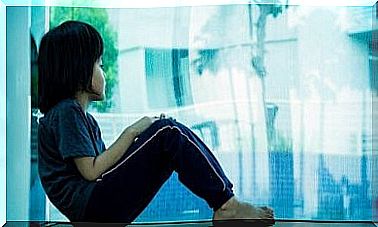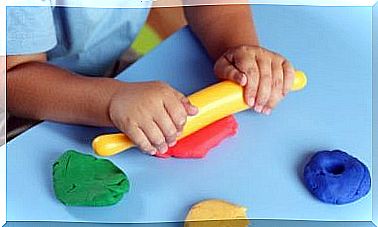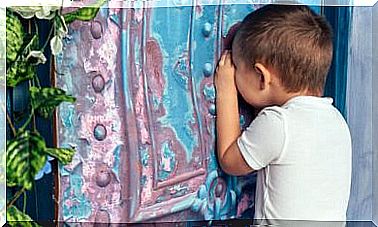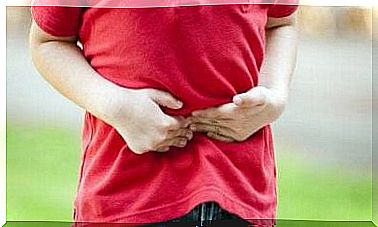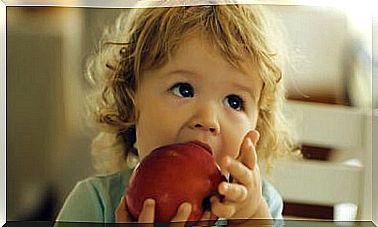Self-harm In Adolescents, What Does It Hide?
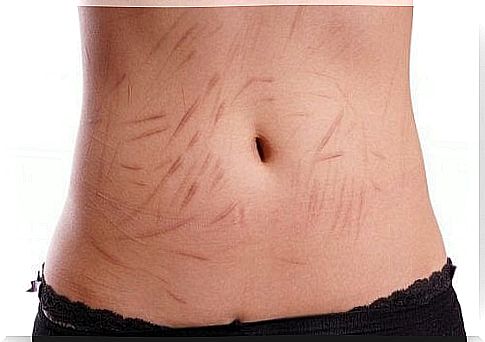
If your child frequently gets cuts, bruises, burns or injuries it is best to pay attention. Self-harm in teens is one way to scream for help.
Technically, this behavior is referred to as non-suicidal self-harm . Until recently, the Diagnostic and Statistical Manual of Mental Disorders (DSM) regarded it as a symptom more associated with some mental disorder.
The size of the problem
Nowadays, the moment in which his symptoms are already treated separately, the increase in the incidence of this problem begins to alarm. Over the past 30 years, cases have multiplied around the world.
Self-harm in girls is most often caused by injuries where blood is seen, such as scratches or cuts; boys, on the other hand, tend more to be treated for blows and burns. The curious thing is that, even if women are more inclined towards these behaviors, the difference with men has reduced considerably.
In a study carried out by the Department of Clinical Psychology and Health of the University of Madrid, it was concluded that 22% of adolescents in Europe have harmed themselves without suicidal intent at least once in their life. Furthermore, it was concluded that 8% of these do so on a recurring basis.
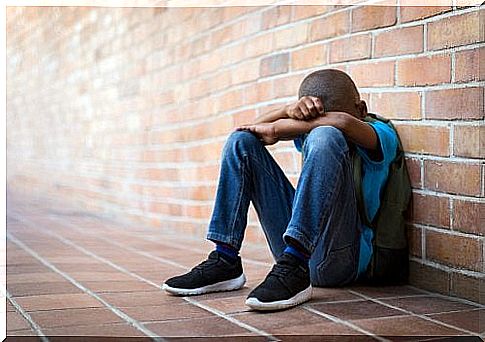
Self-harm in teens: why do they do it?
To make the concept clearer, we could say that self-harm is a kind of drug. It is a more powerful anxiolytic than any other on the market. For young people, this “helps” them to regulate their emotions.
When fear, anger, sadness and anger appear recurrently and do not know how to manage them, they prefer to cause physical pain that allows them to forget about the emotional pain. It is an evasion mechanism, through which they release tension and diminish these negative feelings.
It must be made clear that these actions are by no means impulsive, they are quite the opposite. They plan them, wait to be alone, and enjoy their little ritual of knives, cigarettes and sharp objects.
As in other addictions, young people experience a false sense of peace immediately after being cut or burned; it’s as if they’ve had a shot of some immediate-acting drug. The problem arises when, just a few minutes later, the anxiety returns, with the added sense of guilt.
While it is true that none of them want to commit suicide, it is important to understand that these behaviors multiply the chances of an attempt in the future. In these cases, parental intervention is therefore more than necessary.
There is a solution?
Self-harm in adolescents is a disorder that requires psychological therapy, this is not discussed. They must begin to understand that hurting me does not solve anything; on the contrary, it adds more problems to their lives.
We need to understand what this behavior hides – depression, anxiety, eating disorders – and where these problems come from. It is the only way to deal with them. Many therapies focus efforts on teaching them other emotional regulation techniques. These can range from strenuous exercise to ice-cold showers to letting them scream and hit pillows.
There are organizations such as the International Society of Self-harm, present in 7 countries around the world, which helps and guides these children through therapies, guides and resources for both patients and family members.
Understand that self-harm in adolescents is a loud cry for attention; asking them why they do it will only increase their anxiety. They need all of your understanding and empathy.
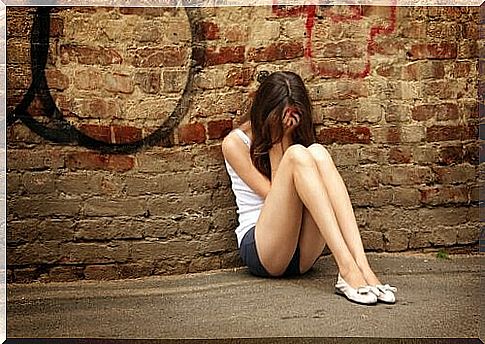
A fashion with a lot of following
This self-sabotage has become a trend that has also taken on a specific name: cutting. You can even find tips on how to do this on the Internet. On Instagram, the photos and videos of young people proudly displaying their injuries are not subject to any censorship; they are available for anyone to see.
Many of these young people do it for fun. What they are looking for is to feel a little more adrenaline and complete the last viral challenge to be spread with a hashtag.
However, we must not minimize any red flags; Although most of them do not have any personality disorders, they may still suffer from a problem of low self-esteem, inability to live healthy relationships and very low emotional intelligence.
The repercussions that self-harm has on adolescents are such as to have led to the launch of a television series, Sharp Objects, which stars Amy Adams and which explicitly deals with this topic. Both these kinds of resources and the vital help of a professional can help you solve this problem together with your child.
